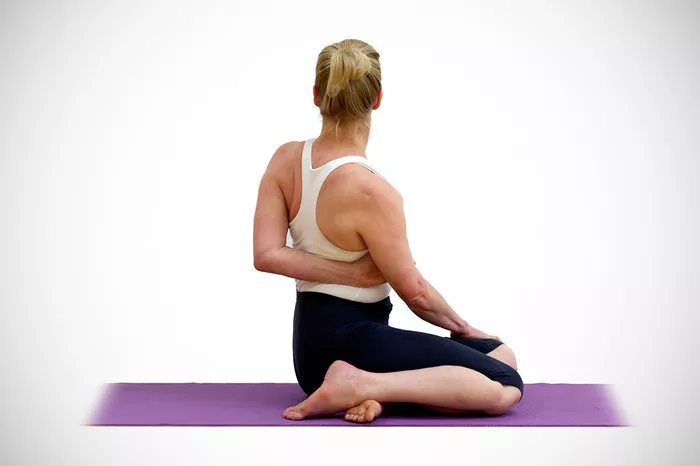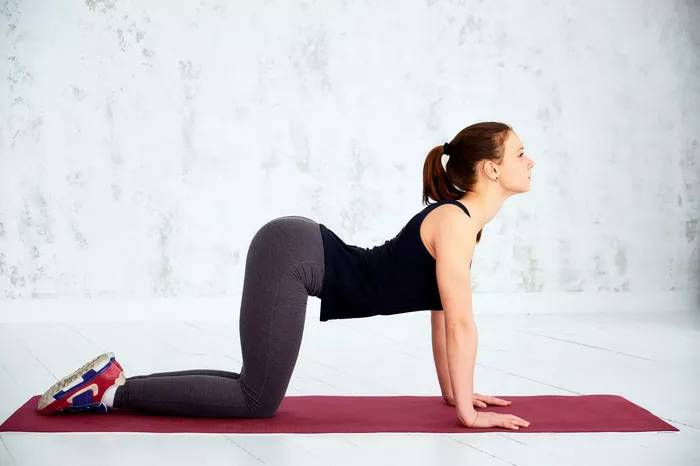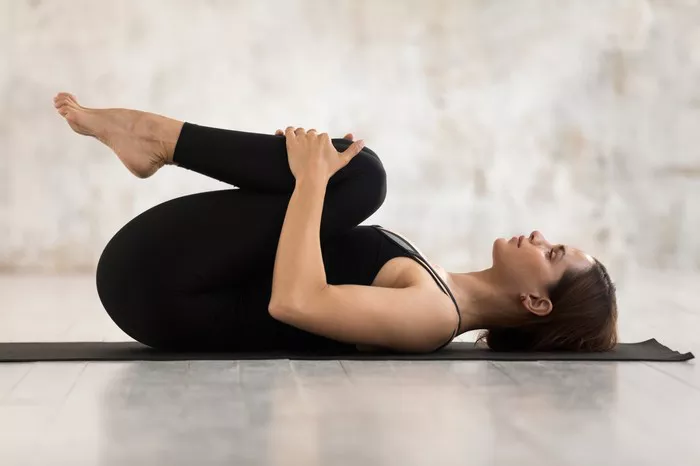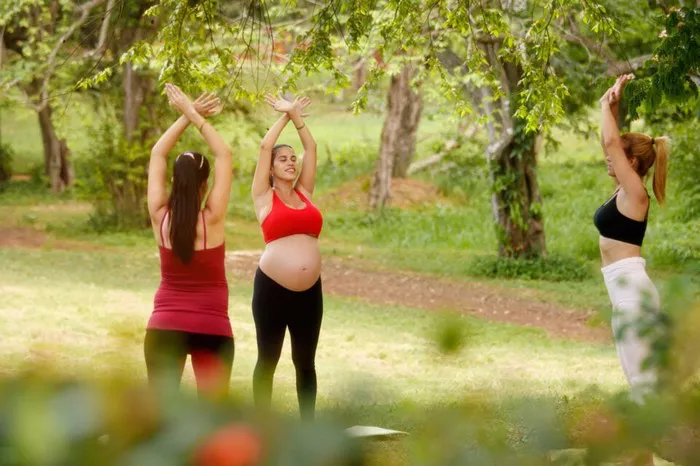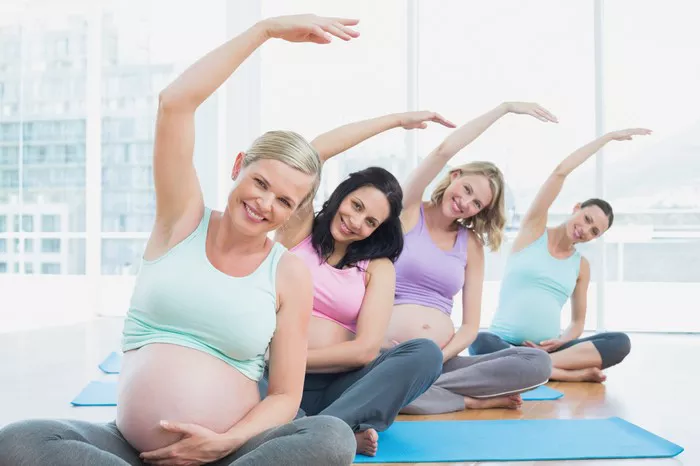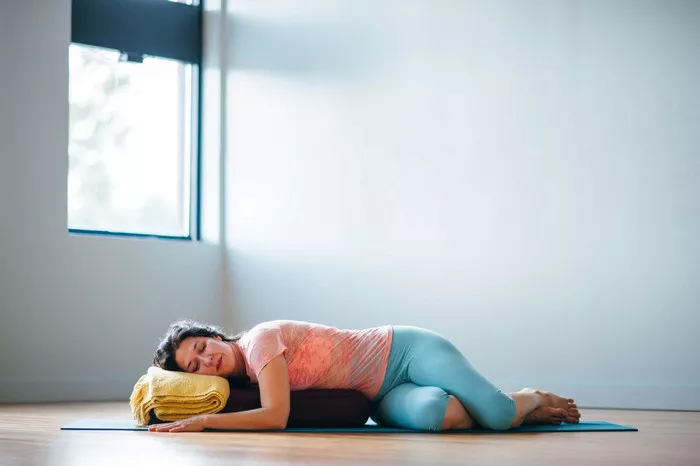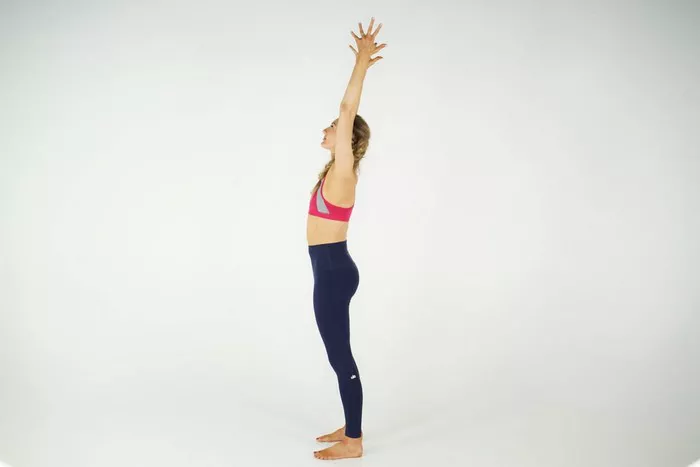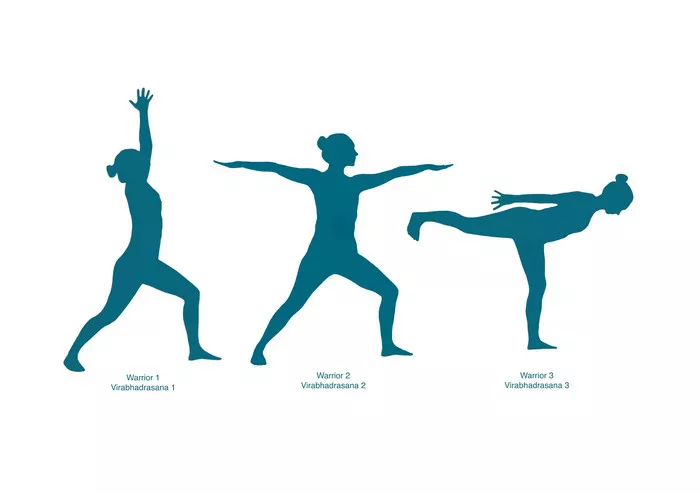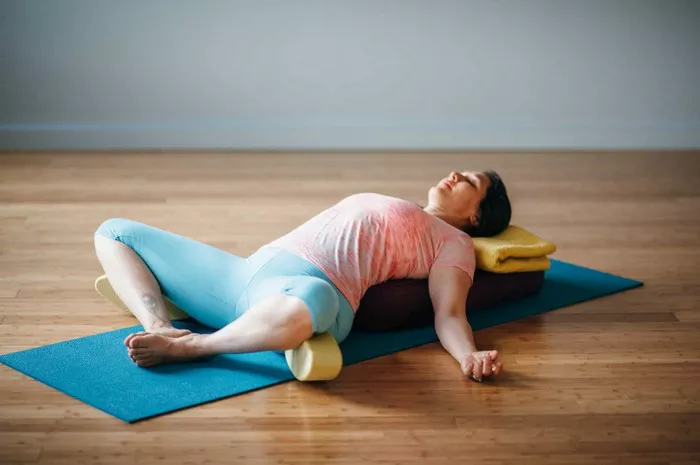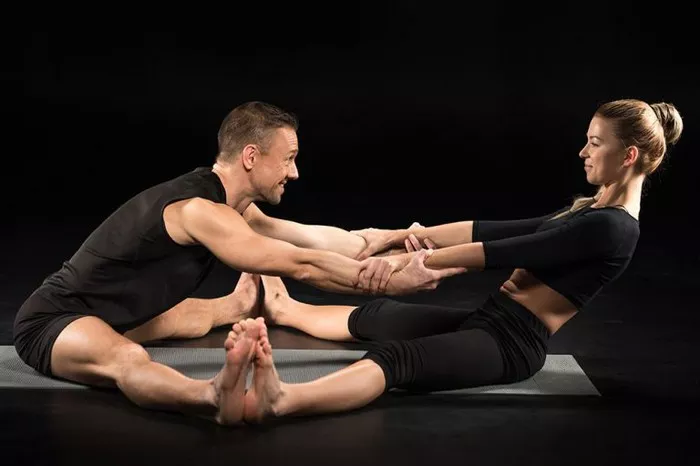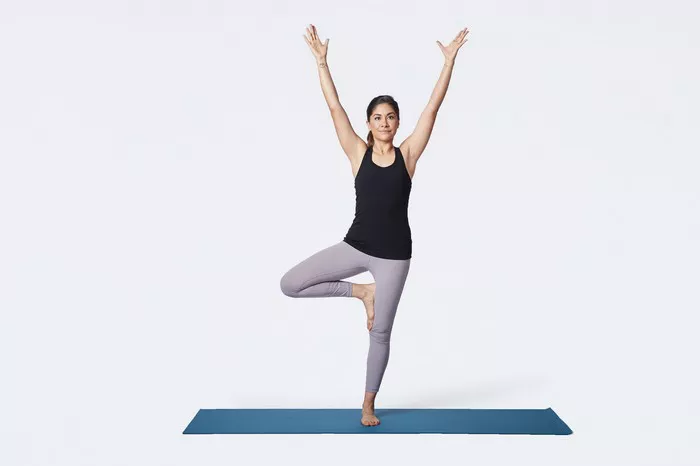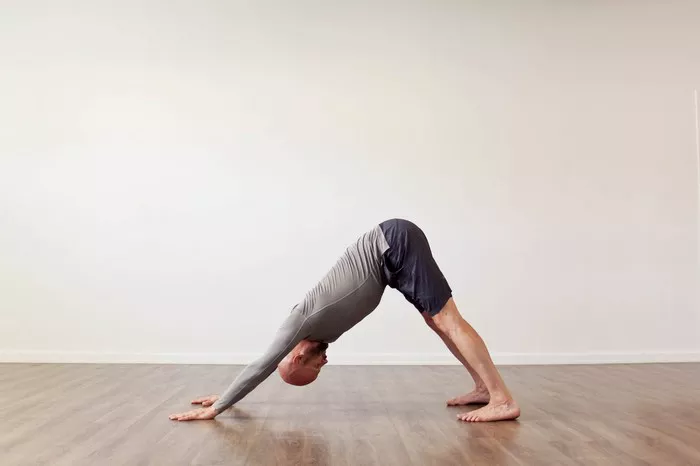Yoga is widely recognized for its numerous physical and mental health benefits. However, it is not uncommon for some individuals to experience discomfort, particularly in the upper back, after a yoga session. Understanding the potential causes behind this pain is crucial to prevent injury and enhance the overall yoga experience. In this article, we will delve into seven common reasons for upper back pain after yoga and offer insights on how to address each one effectively.
1. Poor Postural Alignment
One of the most prevalent reasons for upper back pain after yoga is poor postural alignment. Many yoga poses require precise positioning of the spine, shoulders, and neck. If these positions are not correctly aligned, undue stress may be placed on the thoracic spine and surrounding muscles. For instance, during poses like Downward-Facing Dog or Cobra, improper shoulder or back positioning can lead to muscular strain.
Incorrect posture often stems from a lack of body awareness or inadequate instruction. It is essential to practice under the guidance of a qualified instructor who can correct your form. Beginners should prioritize alignment over depth in any pose, using props such as blocks or straps to maintain proper form.
How to Improve Alignment:
- Practice in front of a mirror to self-correct
- Use props to maintain correct form
- Engage core muscles for spinal support
- Focus on even weight distribution
2. Overstretching the Upper Back
Yoga encourages flexibility, but pushing the body beyond its current limits can lead to overstretching. The upper back, particularly the rhomboids and trapezius muscles, can become strained if overstretched during poses like Camel or Wheel. This kind of strain might not be immediately painful but can result in soreness or discomfort several hours after practice.
Overstretching is often the result of a desire to deepen a pose without adequate preparation or warm-up. It’s important to remember that flexibility develops gradually. Respecting the body’s limits and progressing incrementally is key to avoiding injury.
Prevention Tips:
- Always warm up before engaging in deep backbends
- Modify poses to suit your current flexibility level
- Avoid comparing your flexibility to others
- Incorporate regular stretching outside of yoga sessions
3. Weak Upper Back Muscles
Another contributor to upper back pain is muscular weakness. A weak upper back cannot adequately support the demands placed on it during certain yoga poses, such as Plank, Chaturanga, or even prolonged seated meditations. This muscular insufficiency can lead to compensatory strain and eventual pain.
In yoga, strength and flexibility must be balanced. Developing strength in the trapezius, rhomboids, and posterior deltoids is crucial. Without this muscular foundation, the upper back becomes vulnerable to overuse injuries and fatigue.
Strength-Building Recommendations:
- Incorporate resistance training or bodyweight exercises
- Hold poses like Locust or Dolphin longer to build endurance
- Engage in regular practice focusing on the upper body
- Avoid collapsing into your shoulders during poses
4. Excessive Use of the Neck and Shoulders
Many yoga practitioners unknowingly over-recruit their neck and shoulder muscles during poses, leading to tension and pain in the upper back. This typically occurs in poses that require arm elevation or weight-bearing through the arms, such as Upward-Facing Dog or Warrior II. Overuse of these areas can compress cervical vertebrae and create muscular imbalances.
Tension in the neck and shoulders may also be exacerbated by stress, improper breathing techniques, or poor ergonomics outside of yoga. Becoming aware of these habits is the first step toward relief.
Strategies to Reduce Neck and Shoulder Tension:
- Keep shoulders relaxed away from ears during poses
- Use the breath to release tension
- Focus on spreading the collarbones in heart-opening poses
- Incorporate shoulder mobility exercises into your warm-up
5. Repetitive Motion and Overuse
Engaging in repetitive motions during yoga without adequate rest or variation can cause overuse injuries, particularly in the upper back. Sequences that repeatedly include poses like Vinyasas or Downward-Facing Dog may place ongoing stress on the same muscle groups, leading to fatigue and inflammation.
The body requires time to recover from physical exertion. Repeating the same routines daily without rest can be detrimental, even in a gentle practice like yoga. Over time, this can result in chronic pain and reduced mobility.
Tips to Avoid Overuse:
- Vary your yoga routine to target different muscle groups
- Include rest days in your weekly schedule
- Combine yoga with other forms of exercise
- Listen to your body and modify when needed
6. Lack of Proper Warm-Up and Cool-Down
Skipping warm-up or cool-down routines is a common mistake that can contribute to upper back pain. A good warm-up prepares muscles and joints for the activity ahead by increasing blood flow and enhancing flexibility. A cool-down, on the other hand, helps in muscle recovery and reduces stiffness post-exercise.
When the upper back is not properly warmed up, sudden movements or deep stretches can lead to minor tears or strains. Likewise, a lack of cool-down can cause muscles to tighten and become sore later on.
Components of an Effective Warm-Up/Cool-Down:
- Gentle spinal movements (e.g., Cat-Cow, Shoulder Rolls)
- Dynamic stretching for increased mobility
- Static stretching post-practice for relaxation
- Breath-focused meditation to ease muscle tension
7. Underlying Health Conditions
Sometimes, upper back pain after yoga may be a symptom of an underlying health issue rather than a result of the practice itself. Conditions like herniated discs, scoliosis, osteoarthritis, or even myofascial pain syndrome can manifest as discomfort in the upper back, especially when aggravated by certain movements.
It’s important not to ignore persistent or severe pain. Consulting a healthcare provider can help identify any medical concerns that may require targeted treatment or modifications in your yoga practice. Practicing with awareness and seeking professional guidance ensures long-term wellbeing.
When to See a Professional:
- Pain persists beyond a few days
- Pain worsens with certain movements
- Accompanied by tingling or numbness in limbs
- History of spinal or muscular issues
Conclusion
Upper back pain after yoga can result from a range of factors, from poor posture to more serious medical conditions. By understanding these seven common causes, practitioners can take proactive steps to prevent discomfort and enjoy the full benefits of their yoga journey. Proper alignment, balanced muscle development, adequate rest, and professional guidance are key components to a safe and effective yoga practice. Always remember that yoga is a personal experience, and listening to your body is the most reliable tool you have for a sustainable and pain-free journey.
Related Topics:

